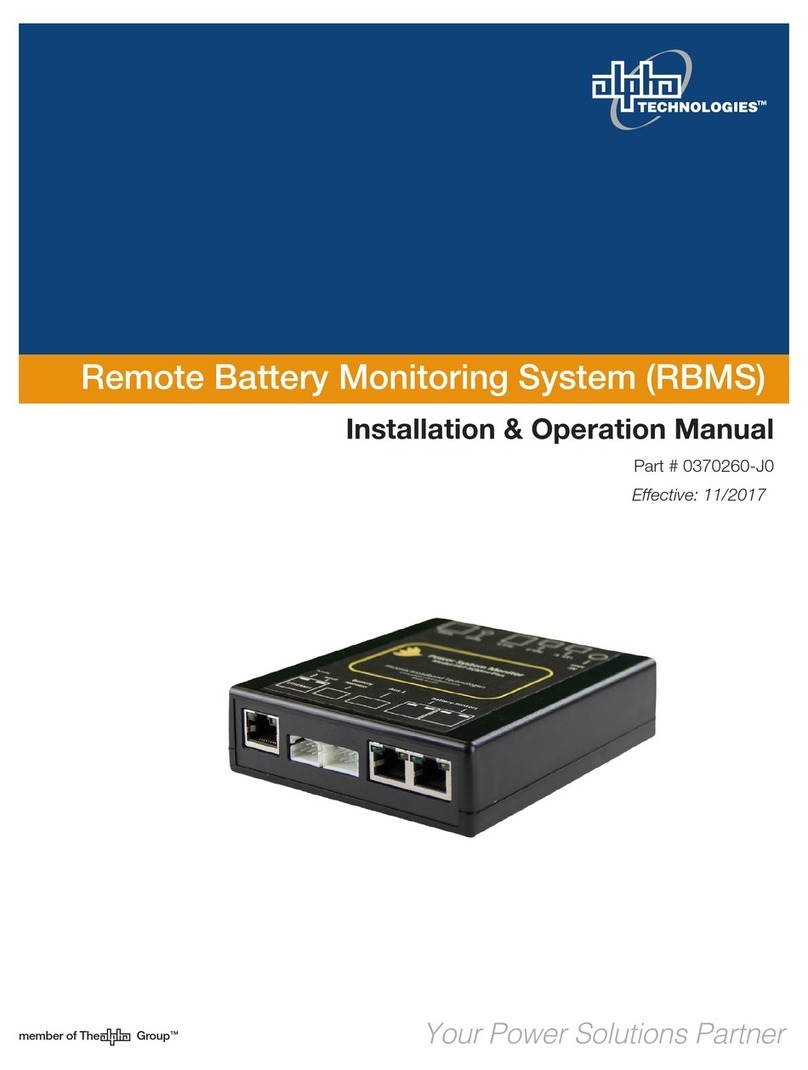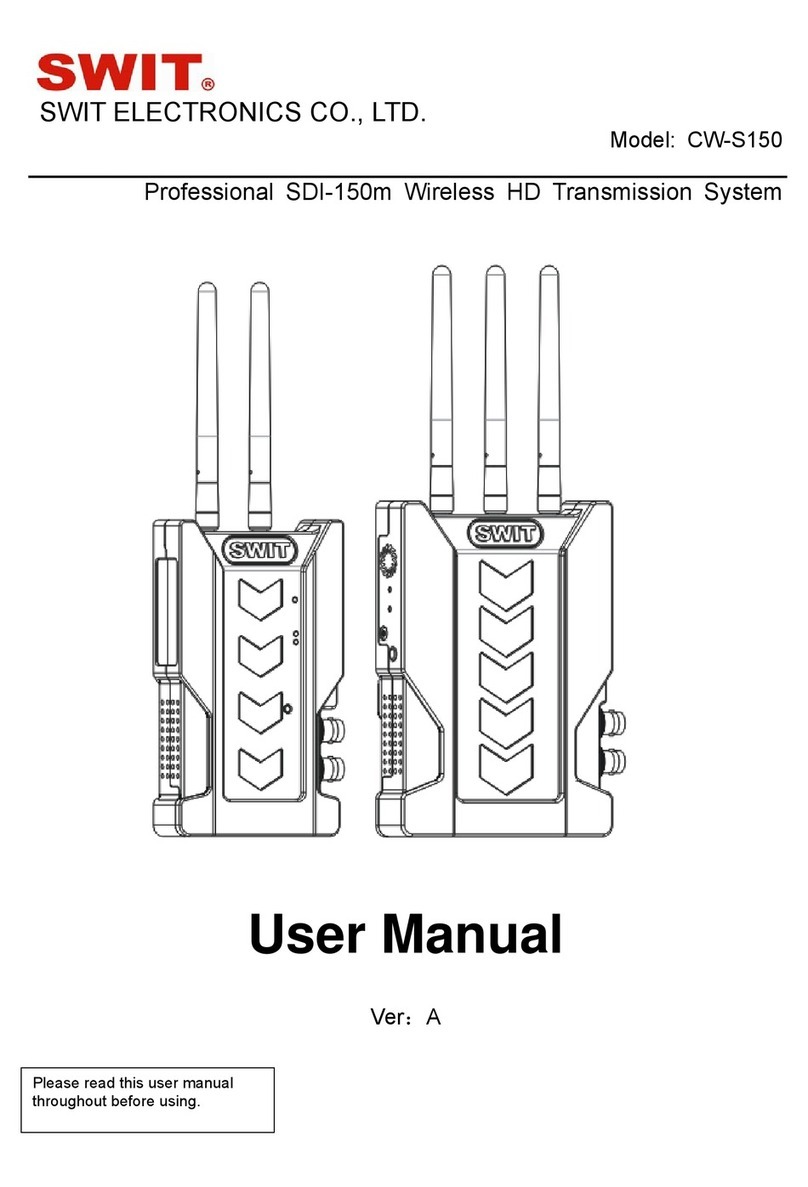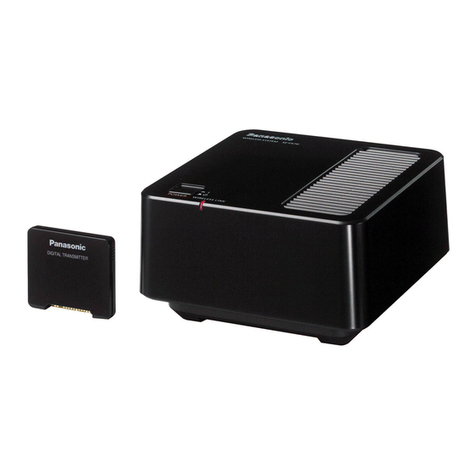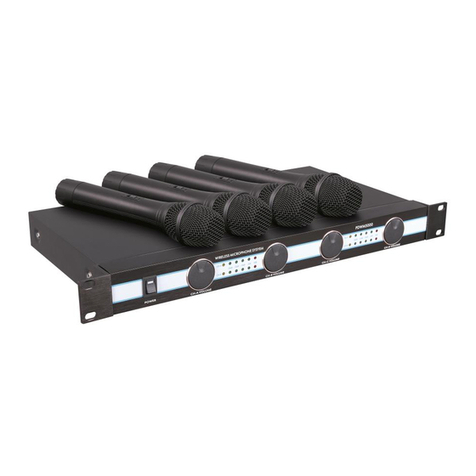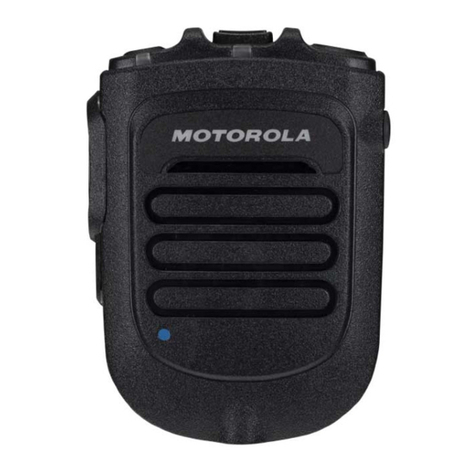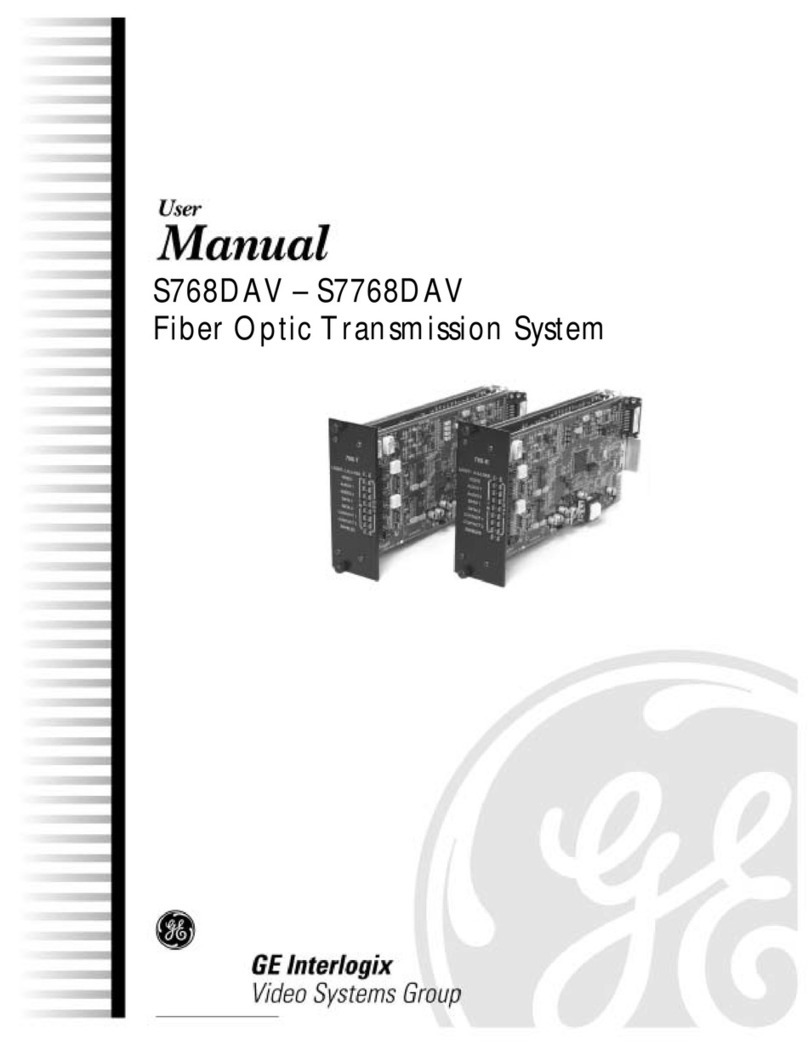
System Conguration
Notication Center
The Notication Center shows all active emergency calls. Information will display showing the device location, device
type, call priority, and time elapsed. Once the device has been reset, the call will clear from the Notication Center.
RATH® SmartAlert Software
The PC with SmartAlert Software, or Notication Center, displays calls from all connected and programmed devices.
It can be integrated with both the SmartCare Hardwired System and the SmartAlert Wireless System. The Notication
Center displays each call listed by time and priority. The oldest and highest priority calls are displayed at the top.
Each call will display as a separate line item and will include:
• Location: The location of a xed device or location of a mobile pendant only with the Location Feature
• Device: The name of the device, resident, or room where the device is located
• Priority: The priority level is set in programming as some devices require a higher importance than others
• Duration: This indicates how long the call has been active
A tone will sound when a call comes in if the volume on the PC is turned on. This is a code requirement and highly
recommended. When the call is cancelled it clears automatically from the Notication Center screen.
The RATH® Notication Center offers numerous icons for administrators to generate reports, manage staff and
resident information, and customize alert notication.
• Management Email Database: Customize which care givers are emailed call reports automatically
• Resident/Patient Database: Enter important resident information and upload a prole picture
• Nurse/Care Giver Database: Enter care giver information and set up email and text alerts
• Shift Database: Assign care givers to shifts for custom notication and tracking
• Zone Database: Assign care givers to zones for custom notication and tracking
• Reporting: Generate and send custom call reports and sort by date, room, response time, shift, resident, zone,
care giver, or call priority level
Page 7

